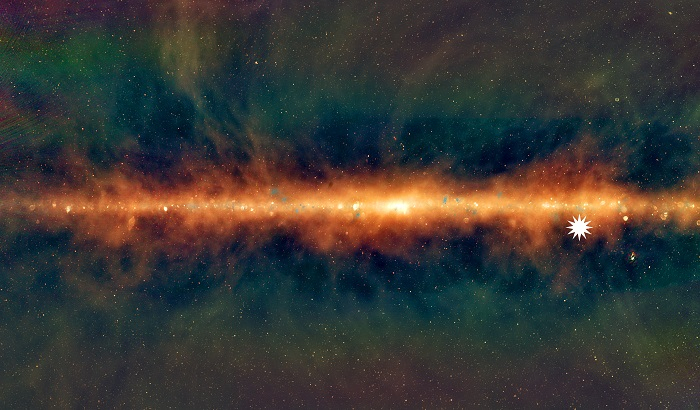A spooky object has been found in Milky Way by Australian scientists which they claim to be unlike anything seen before. The object was first discovered by a Curtin University honors student Tyrone O'Doherty, who was part of a team led by astrophysicist Dr Natasha Hurley-Walker, from the Curtin University node of the International Centre for Radio Astronomy Research (ICRAR), according to BBC.
Scientists say the unknown spinning object discovered in Milky Way releases a huge burst of radio energy three times every hour and for one minute every 18 minutes. While objects that pulse energy in the universe often get documented, scientists say something that remains on for a full minute is highly usual. But such an act has never been observed before.
Astrophysicist Hurley-Walker said that the pulse comes "every 18min 18sec, like clockwork." The study reveals that the new type of beam that comes and goes is one of the brightest radio sources in the sky. Moreover, the details of the discovery have been published in Nature last week. Objects that goes on and off in the Universe are familiar to astronomers and they call them 'transients'.

"[It] was appearing and disappearing over a few hours during our observations," the astrophysicist was quoted as saying in a release from ICRAR.
"That was completely unexpected. It was kind of spooky for an astronomer because there's nothing known in the sky that does that," she added.
Meanwhile, the researchers are trying to dig out more details about the mysterious object they have found.
O'Doherty first discovered the object in the Murchison Widefield Array, a region of the Western Australian outback using a telescope and a new technique he had developed, according to reports.
Discovering the unusual object in space, Curtin University student O'Doherty told his supervisors, "I think it's real." And look like he wasn't wrong at all.
Read more









